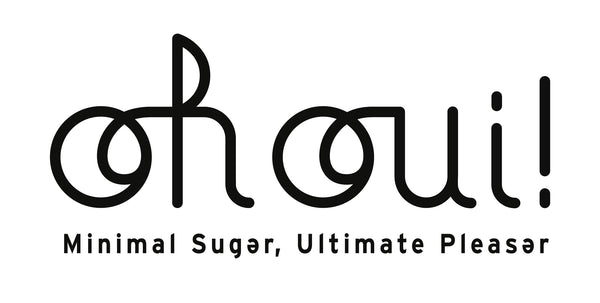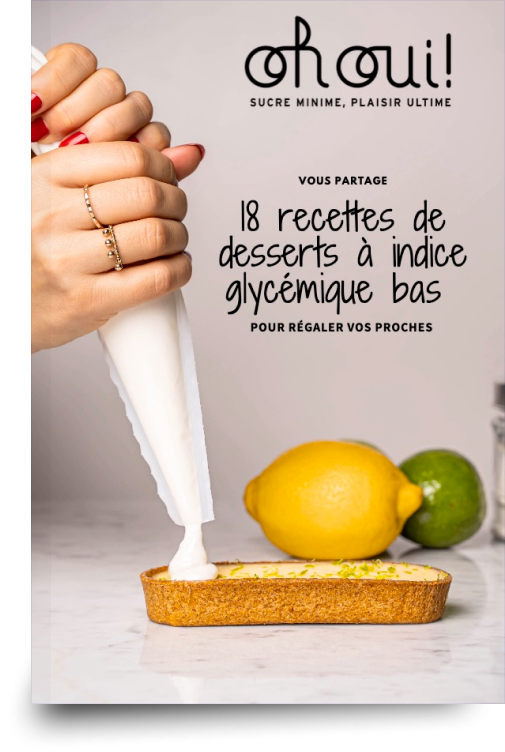We all know the Nutri-Score displayed on more and more of our daily products. With its letter and color system, it would help us select healthy products. But perhaps you have already noticed some inconsistencies? Cereals known to be very sweet in Nutriscore A? Oil that is good for your health in Nutriscore D?
We give you an update on the good sides of the Nutriscore, and the points on which you should remain vigilant.
What is the Nutriscore?
The Nutri-Score exists since 2017, this rating is based on the work of Serge Hercberg as well as the expertise of the National Agency for Health Security (ANSES) and the High Council of Public Health (HCSP). It is not an obligation for food companies to display this logo on the front of their packaging, but it allows consumers to be informed about the nutritional quality of products in a simplified form: a scale of 5 colors (from dark green to red), associated with letters ranging from A to E to facilitate its understanding. A product rated E / red is obviously the least favorable! France is not the only country to use it, the Nutri-Score is also present in Belgium, Switzerland, Germany, Spain, Netherlands and Luxembourg.
What does it take into account?
This Nutri-Score system is based on a result obtained from several nutritional criteria on the basis of official dietary recommendations. The logo is attributed according to a score taking into account for 100gr or 100ml of product, its content in :
👉 Nutrients and foods to promote such as fiber, protein, vegetables, fruits, legumes, nuts ...
👉 Nutrients to limit if a product is high in calories, saturated fatty acids, sugar or salt
On the other hand, the calculation does not take into account elements that seem important to us such as the degree of processing of a product, the glycemic index or the presence of additives or intense sweeteners.
Should we follow it?
For all those who are not interested in labels or ingredient lists, the Nutri-Score allows you to quickly identify the best product in its category. It analyzes important elements such as proteins, lipids and saturated fatty acids. It is therefore a first step to inform the consumer. Moreover, it pushes manufacturers to improve their recipes, which can only be a good thing!
But as stated above, these are only basic calculations that do not take into account the degree of processing or the glycemic index of a product. We must therefore remain attentive!
As Serge Hercberg explains, a product rated A is only the best in its category. Obviously, we cannot compare an A-rated cordon bleu with a can of green beans also rated A.
Our advice
👉 Buy raw products as often as possible to cook yourself
👉 Beware of long lists of ingredients that indicate a highly processed product
👉 Read labels to detect the presence of additives (the Yuka application can help you to see more clearly on this subject)
👉 Pay attention to the % of sugar in the product
👉 In the same category, select a product rated A
PS: This does not mean that we should not eat processed food, we should of course indulge ourselves from time to time or choose the easy way when we do not have time. Nobody is perfect 😉
According to a study, in five years with the Nutri-score, nearly 60% of French people have changed their eating habits. A new rating is planned for 2023, with more severe scores for red meats, foods high in sugar or bad fat. The creator now wants to penalize processed products, but still nothing on the consideration of additives in recipes. To be continued...!
Delphine and Fanny









